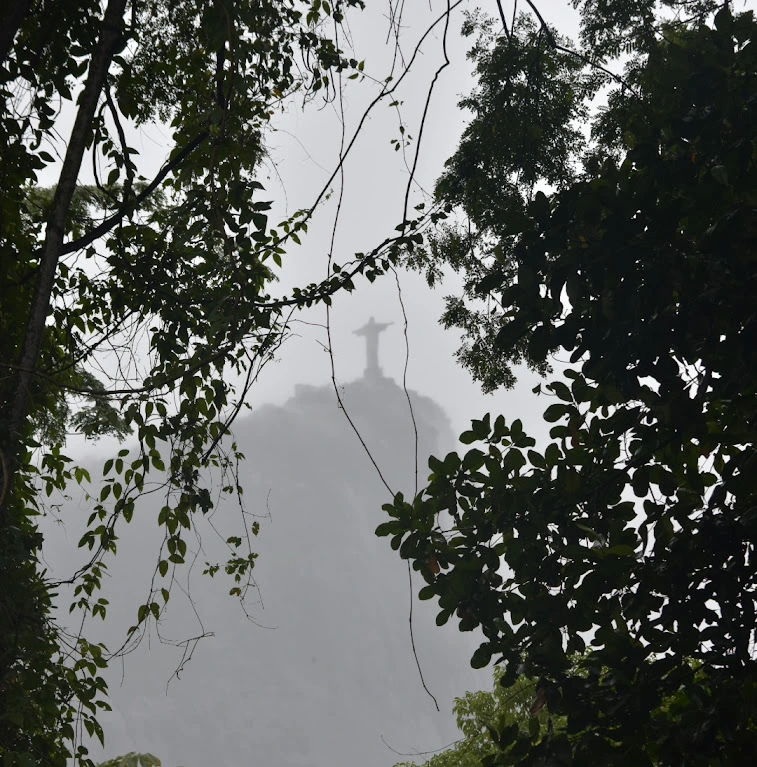A Traveller’s Guide to Brazil’s Maned Wolf Monastery
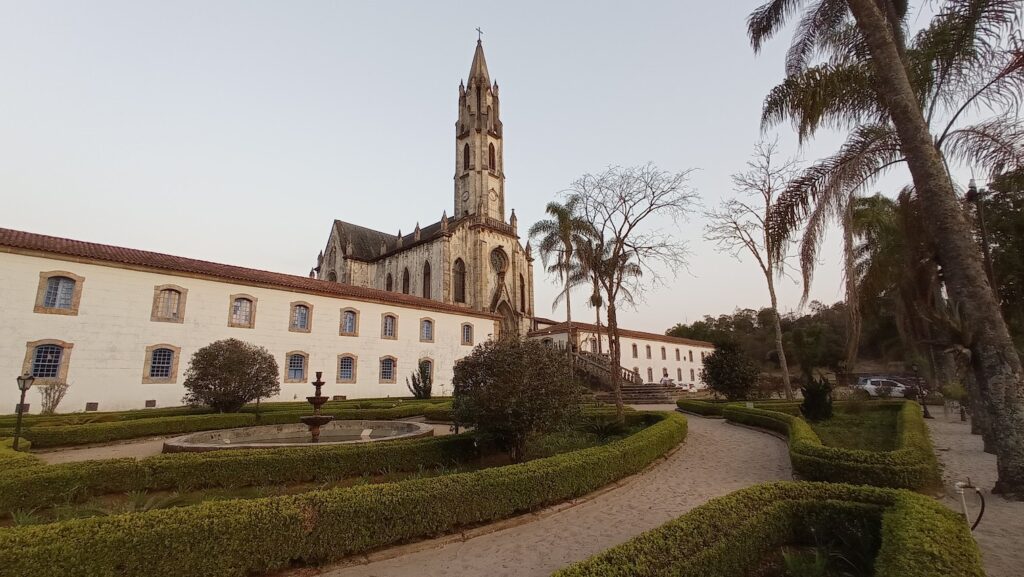
Contents
- Intro – How Santuario do Caraca began feeding maned wovles
- I’m not a zoologist – what is a maned wolf, exactly?
- How the maned wolf feeding works
- What else is there to do at Santuario do Caraca?
- Santuario do Caraca’s accommodation: A review
- How to get to Santuario do Caraca
- Ouro Preto: A quick guide
- Belo Horizonte: A quick guide
Intro – How Santuario do Caraca began feeding maned wovles
Santuario do Caraca is a 200-year-old monastery in the middle of a mountain range in central Brazil. A single 12km road is the only means of accessing it, and the area feels pretty much cut off from the rest of the country. While the serene setting and the feeling of staying in a monastery would be enough of an adventure, there is something unique about this place that catapulted it into the pages of Lonely Planet.
Twenty-odd years ago, one of the resident monks kept finding their bins raided by some kind of animal. Curious to find the culprit, he stayed up all night – to his shock, it was a maned wolf.
I’m not a zoologist – what is a maned wolf, exactly?
This wild dog is a truly bizarre creature: it has orange fur like a fox, save for its legs and a patch along its upper back that is black – this gave it its name, even though all its hair is actually the same length. Its legs are long, and thin, a little like a giraffe, and indeed when it bends down to feed it often spreads them outwards just like one. Keeping up the giraffe similarities, it’s tall, at 90cm in height.
If appearances weren’t enough, its urine smells like marijuana – it’s so similar, in fact, that in 2006 the Dutch police searched the maned wolf enclosure in Rotterdam Zoo. You can probably imagine the look on their faces when they learned this bit of zoological trivia.
Coming back to the monastery, the monks started putting out food for the wolves on the steps in front of their cathedral. With time, the four wolves that live on their land came so frequently that they became a tourist attraction – both among wildlife watchers, since the maned wolf is ordinarily extremely hard to spot in the wild, and among casual visitors: where else can one have a completely wild giraffe-wolf feeding mere metres in front of them?
How the maned wolf feeding works
Feeding begins at 7.30, and you can stay out for as long as you like. As the wolf is wild, there’s no guarantee of when or even if it will turn up – it didn’t show itself on my first night, which somewhat turned up the pressure for the second night, but fortunately it did make an appearance then.
Everyone sits on the benches or steps in front of the cathedral and a tray full of bananas and chicken (the maned wolf is omnivorous) is placed in the centre. A member of staff will shuffle the tray around and yell “lobo!” into the darkness. If it doesn’t show up at this moment, they will deliver a talk about the wolf and other animals that turn up to feed. These other animals are hoary foxes, which show up very regularly (for me, both nights) and Brazilian tapir, which are much less frequent and only show themselves if everyone is completely silent.
Then, the waiting game begins.
Or not.
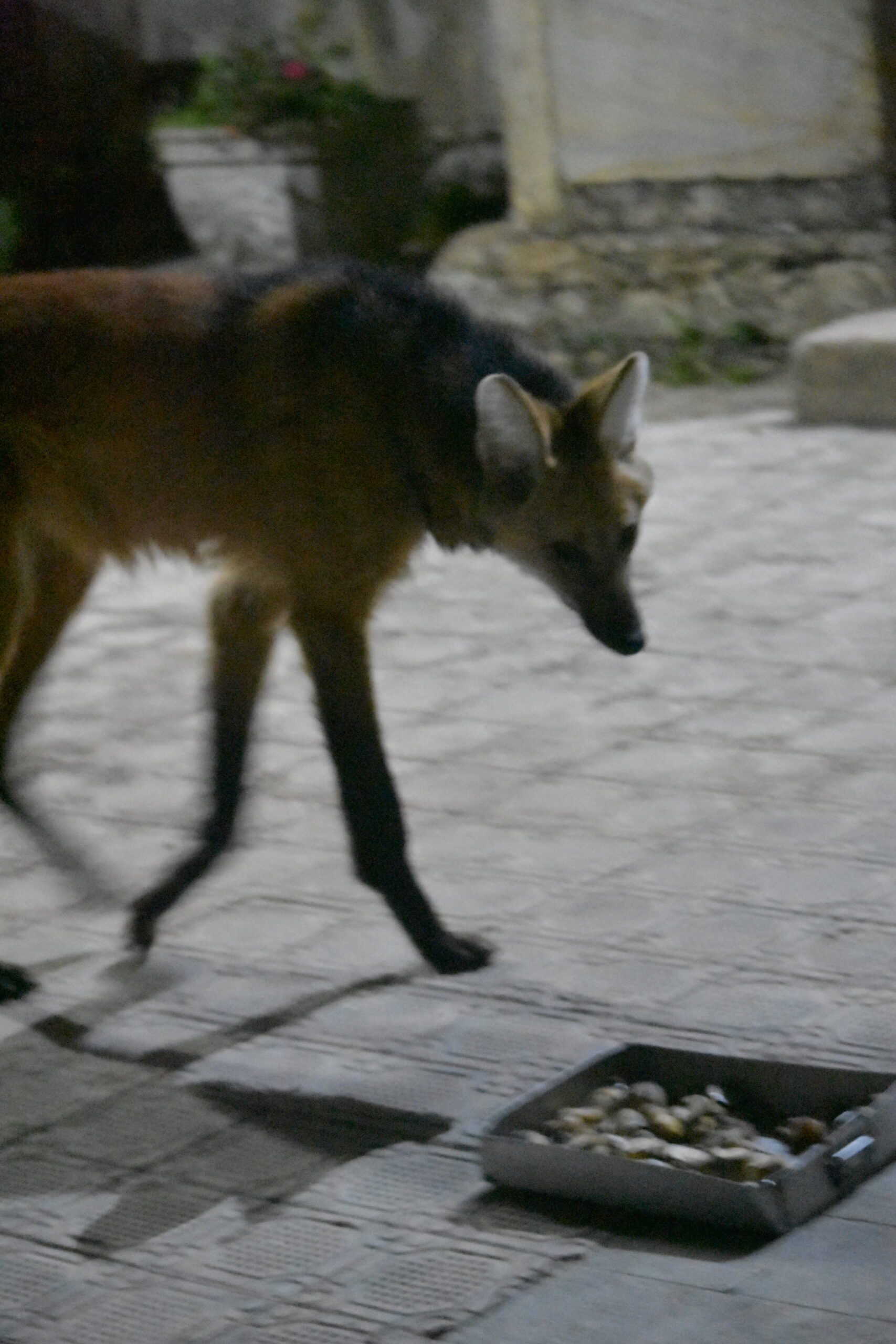
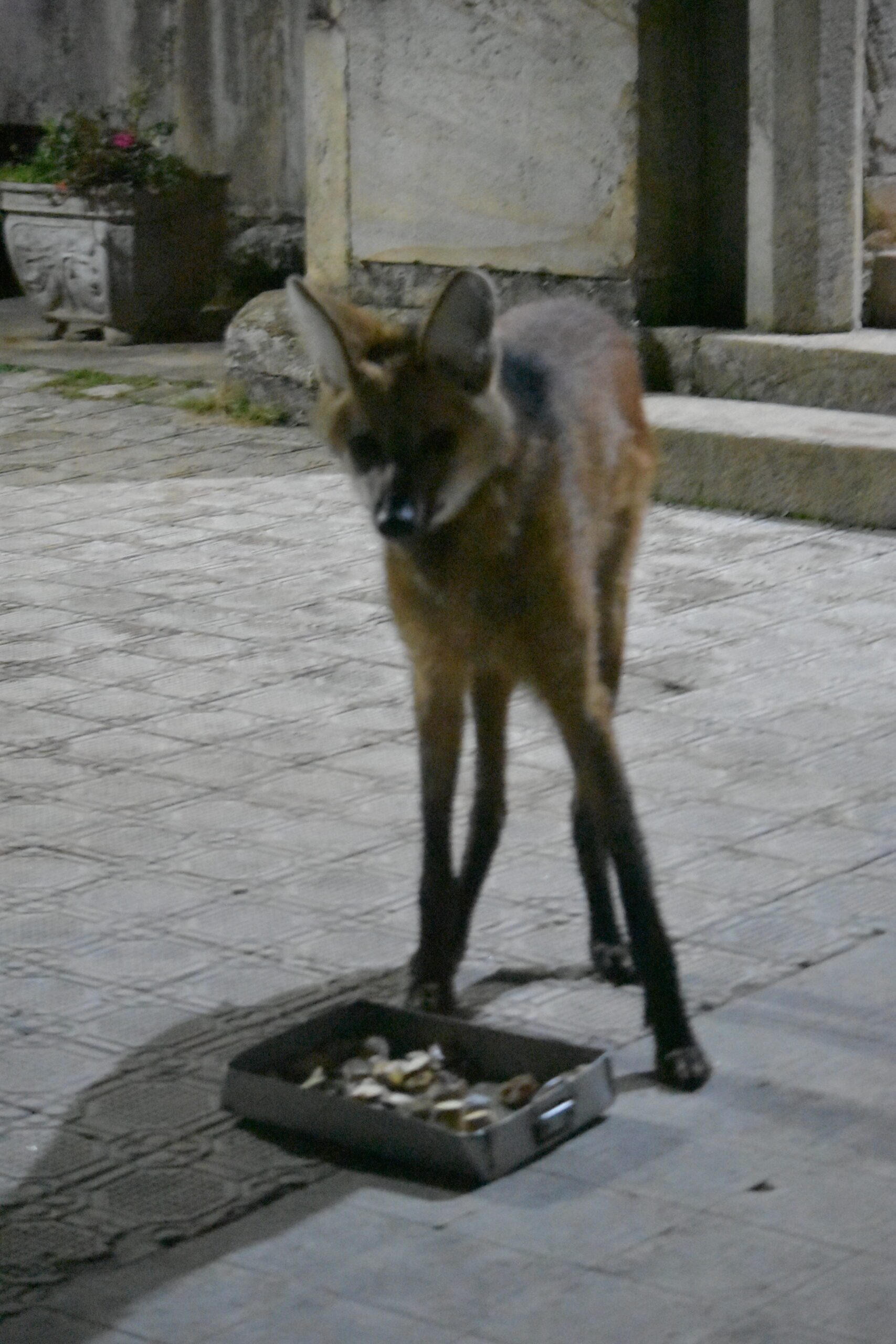
On my second night, the wolf pretty much showed itself on the dot of half-seven, and then came back for seconds after a couple of hours. At this point, most of the guests had already gone to bed, making the experience even more amazing. It may be that since this is a guaranteed meal, how often the wolf comes and goes depends on how it fares in hunting for live prey in the forest. Whatever the reason, it’s advisable to be here on time since it may decide not to come back.
Whenever it does show up, usually an observant guest or the staff member will see it coming through the archway further down and quietly announce this, giving everyone time to prepare their cameras. It climbs up the steps and looks around – loud noise or flash photography will scare it away, and staff make that very clear at the start. It cautiously approaches the tray, sniffing the food inside, and will then grab and much a mouthful. It usually won’t linger about, taking three mouthfuls in one sitting at most, and then saunter back off into the darkness. Either way, it should hang about long enough to take some photos or a video.
Lemon tea and salty popcorn are served from a dispenser in the hallway from 8PM onwards, plus you can buy wine and sweets from a tuck shop in a nearby office. Be sure to wear plenty of layers, since it can get quite chilly at night and you might be sitting around for a while.
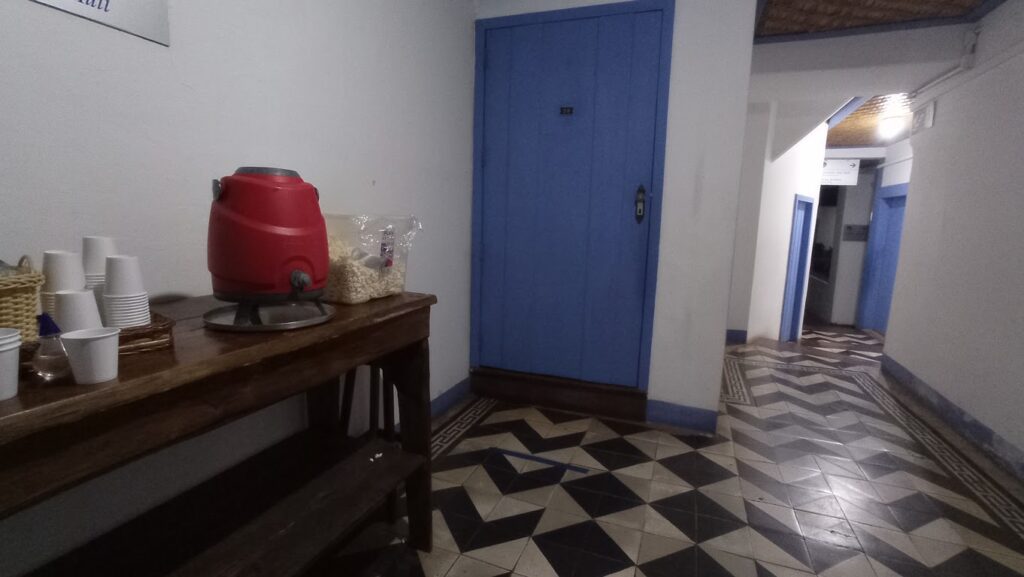
What else is there to do at Santuario do Caraca?

There are lots of hiking trails one can explore independently, and you’ll be given a map of the area when you check-in. The staff know this area well, so if you’re after anything in particular feel free to ask. Two of the most popular trails are a trek to a small chapel on a ridge overlooking the monastery and another leading out of the car park to a waterfall that wild swimmers will love – and, probably anyone else doing these trails for that matter. Contrary to how cold it gets at night, it can be absolutely roasting when the sun’s out. Bring plenty of water (there’s a dispenser in the monastery) and be prepared for your shoes to get dirty since most trails are covered by sand.
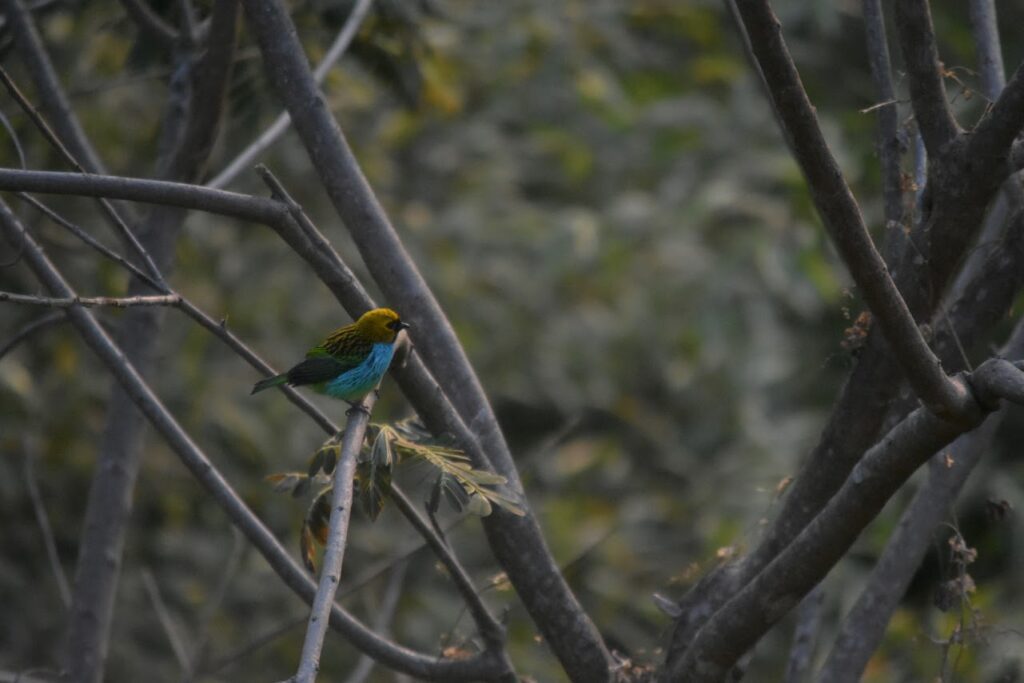
Being a nature reserve, the area has quite a bit of interesting wildlife beyond the night-time lineup. Much of it can be found in the monastery itself: squawking parakeets nest in the Cathedral’s roof and the palm trees lining the steps, huge flocks of yellow saffron finches jump about outside the cafe looking for crumbs, and guans, chicken-like birds with long tails, are everywhere you look. When you head out walking keep your eyes out for hummingbirds by the flowers. Birdwatchers should be on the lookout for one called the diamantina sabrewing, a severely range-restricted species that calls this area home.
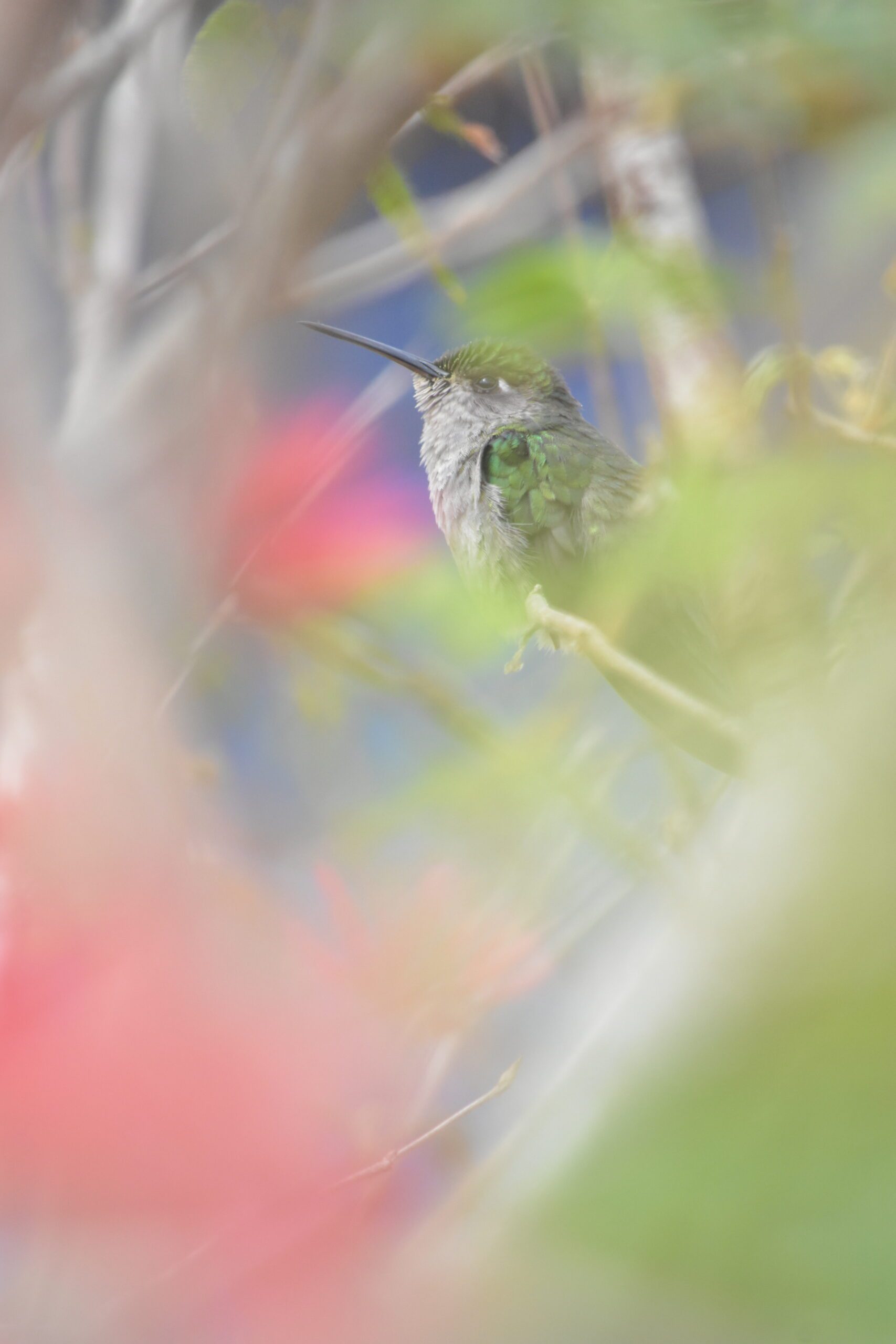
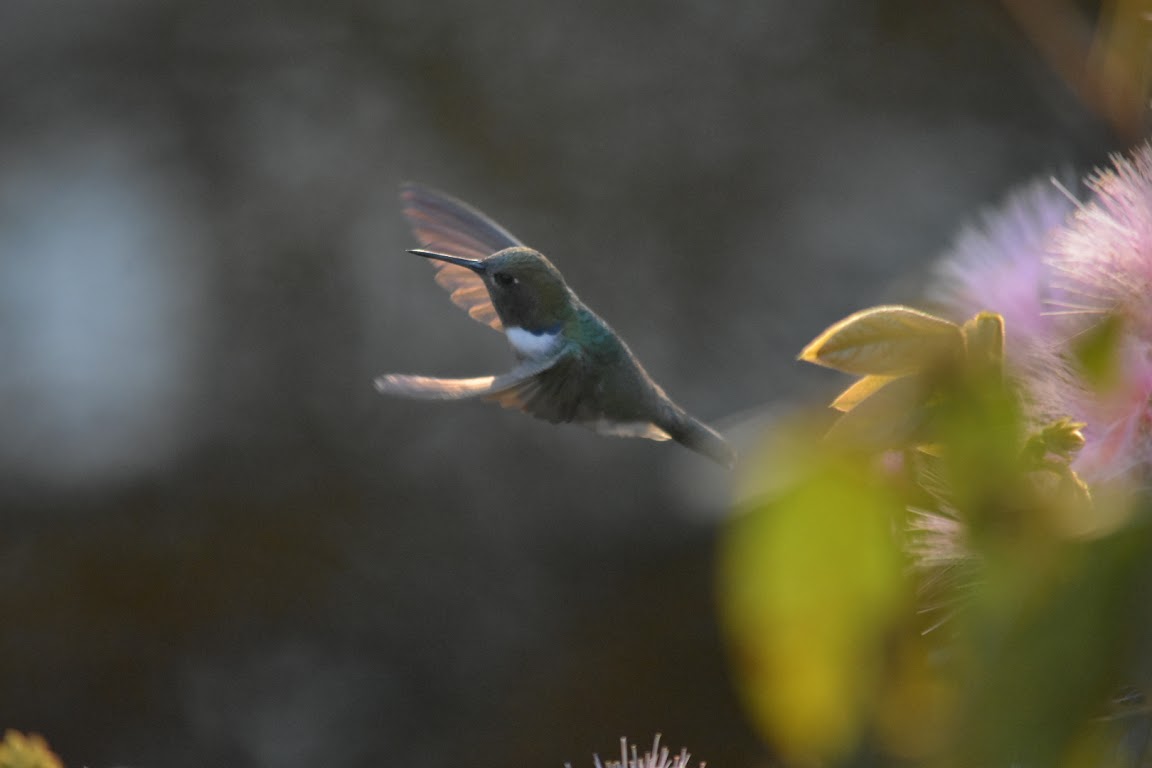

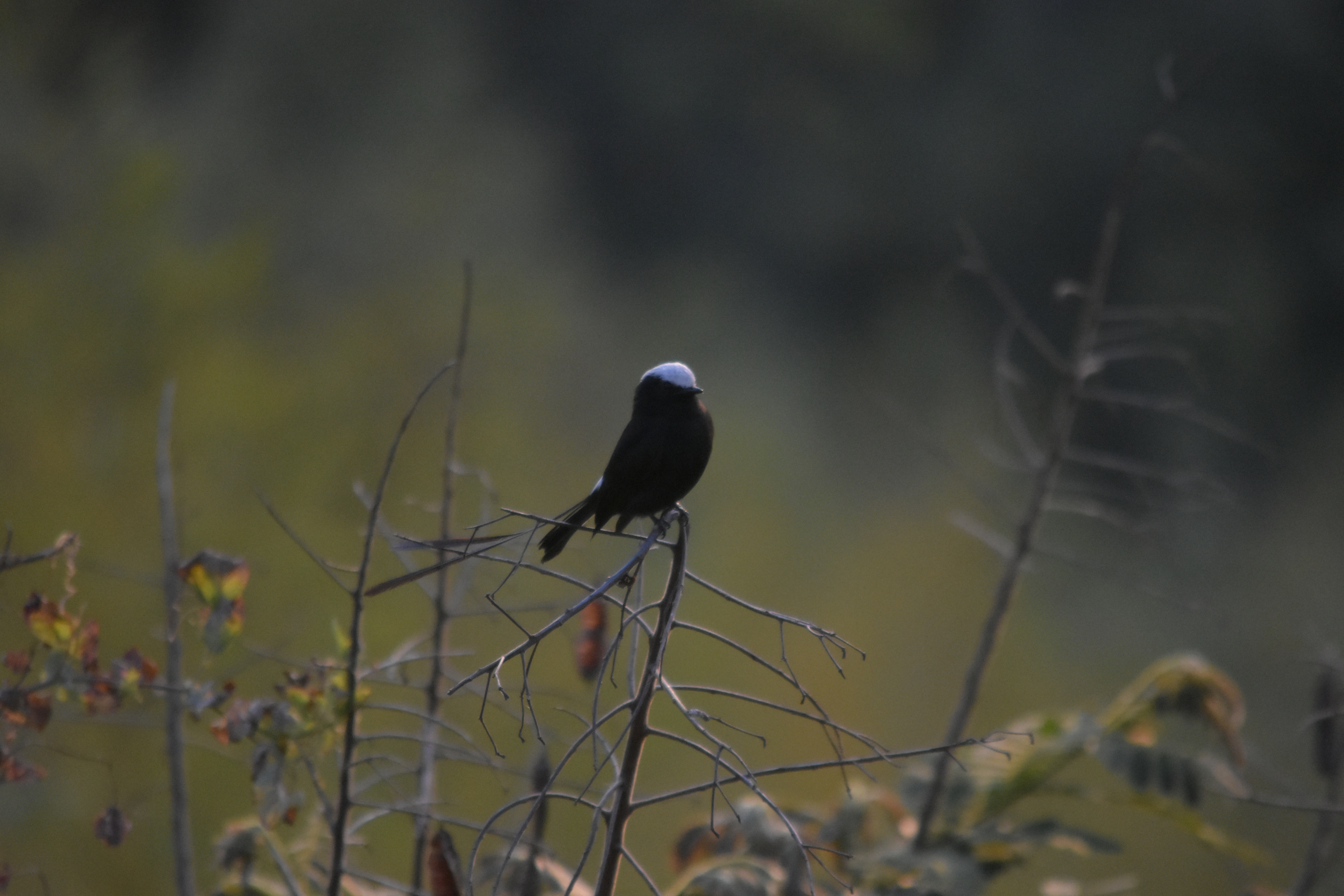
If you head out in the morning you might be lucky enough to spot a monkey called the Atlantic titi. Unique to a small corner of Brazil, you’ll probably hear it before you see it – this species makes that stereotypical “ooh-ooh-ooh” call people usually imagine when they impersonate monkeys.
Santuario do Caraca’s accommodation: A review
Knowing how isolated the monastery is and the fact that, well, this is a monastery, I’d been mentally prepared for cold showers, snail-slow Wifi and bells at the crack of dawn. My expectations were absolutely smashed: staying here comes with hot water, comfy beds, a fridge in the room, Wifi faster than my hostel in Rio and even English-speaking staff and signage. Rooms are a lesson in building design: inside it felt nice and cool while the sun baked everything outside, while at night it never got chilly. Plus, guests are provided with a thick, heavy blanket for good measure.
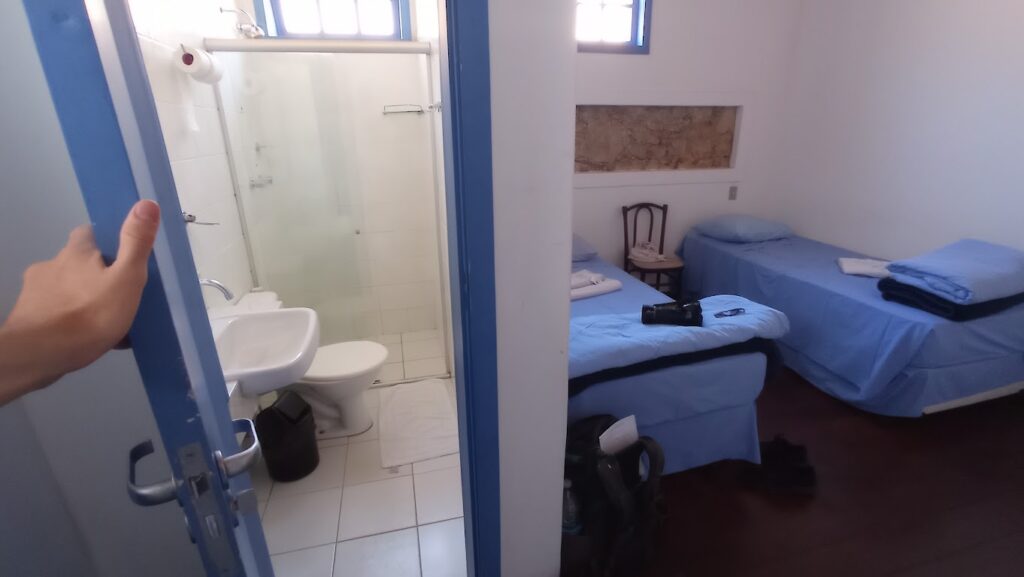
Meals are buffet-style, generally consisting of a mix of bread and eggs for breakfast, and rice, vegetables and various types of meat for lunch and dinner. Hot food is kept warm over a traditional Minas Gerais fire stove. Free drinks are limited to water and coffee, but you can also buy some from the bar – including the monastery’s very own ale, whose bottles feature pictures of the animals that can be seen here.
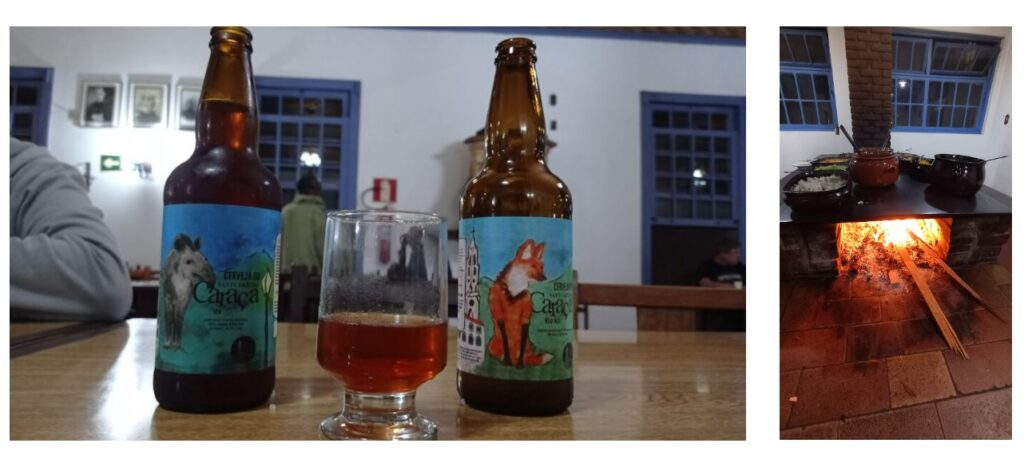
At R$364 (£61) per night for one person, it was probably the most expensive accommodation I’ve stayed at in Brazil. However, when one considers everything it comes with plus the fact that this monastery does effectively have a monopoly on accommodation, things start to look a lot more reasonable.
To maximise your chances of spotting the wolf, try to stay for at least two nights and do so during the week, since the chances of getting a noisy crowd are higher on the weekends.
How to get to Santuario do Caraca
Minas Gerais is the name of the state in which Santuario do Caraca is located. Two good access points are the state capital of Belo Horizonte and the old town of Ouro Preto; read the next section for a quick guide to both.
From Belo Horizonte, one can get a bus to a town called Barao de Cocais (they’re quite regular, and cost about R$45), while from Ouro Preto you’ll want to head to Santa Barbara (same price, but there are only one or two departures per day).
Both bus trips should theoretically take around two hours, but the mountainous terrain and the vast number of trucks plying the roads will probably slow you down – Minas Gerais, whose name means “general mines”, still has vast quantities of minerals in its soil. From either town, you can get a taxi to the monastery for about R$100.
If you happen to make some friends at the monastery and they’re leaving on the same day, ask if they could offer you a lift, since chances are they’ll pass through one of the two towns on their way home. Otherwise, ask the staff to arrange a taxi and they’ll be happy to help.
Ouro Preto: A quick guide
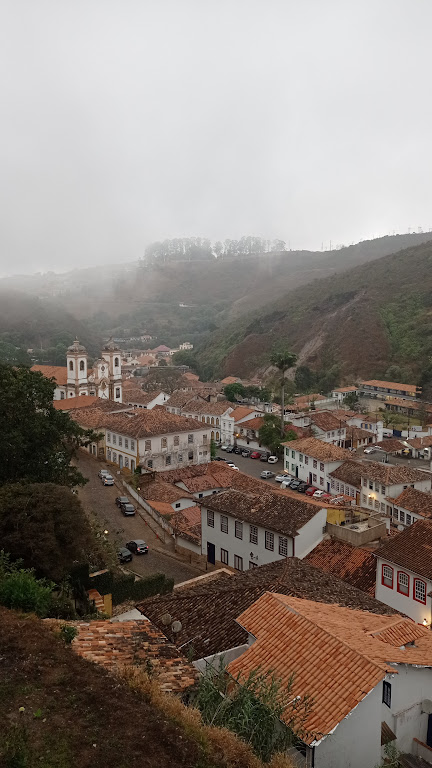
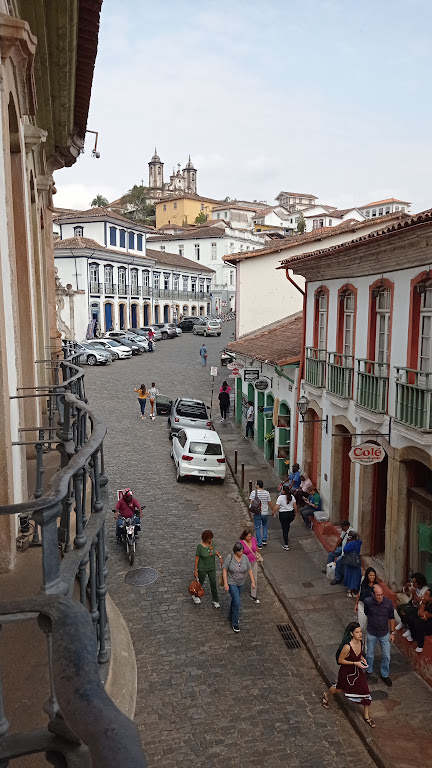
Ouro Preto is renowned by Brazilians and foreigners alike as being one of the best old towns in Brazil thanks to the preservation of its buildings and its rich history. In the late 1600s, huge quantities of gold were discovered here. In a century that had seen the English chant “Glory, God and gold” and the Spanish penetrate the Amazon in search of El Dorado, the Portuguese colonists were ecstatic.
In the century that followed, Vila Rica, as Ouro Preto was known then, grew immensely rich and its population exploded. Brazil’s economic heartland at this point pretty much shifted from plantations in the north to here, with gold being transported to Rio de Janeiro and Paraty, and eventually Portugal. During this period, this town had double the population of New York and ten times that of Sao Paulo. It should be said, though, that most of them were slaves – Ouro Preto’s history, like that of Brazil, is not always pretty. Ouro Preto was also the birthplace of Brazilian independence, where a failed uprising known as the Inconfidencia took place.
Nowadays, Ouro Preto looks the same as it did during the gold rush: a sea of terracotta roofs and baroque-era houses, interrupted every now and then by a white and gold church. Many of these churches are literally golden on the inside, a reflection of where the colonists chose to spend the odd nugget that the Portuguese crown let them keep. There are also some interesting museums to visit, including the Museum of the Inconfidencia, and the oldest theatre in the Americas.
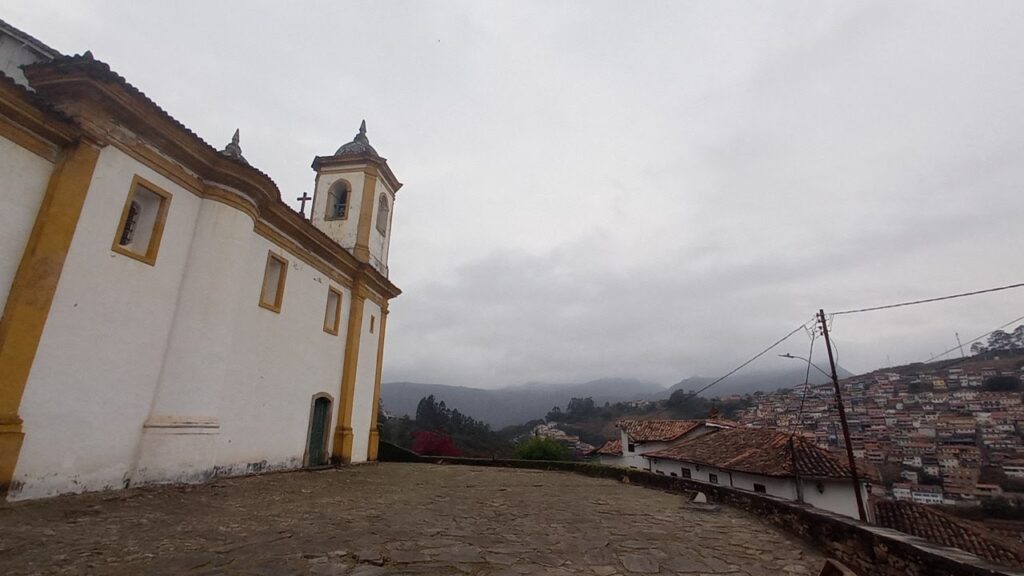
Ouro Preto is a medium yet walkable town, provided you don’t mind the odd steep climb and narrow kerbs – the one bad thing about this town is that nowhere is pedestrianised. Accommodation isn’t too difficult to find thanks to an abundance of hostels, pousadas and republics, student houses that sometimes let out rooms to visitors.
Insider tip: Republics offer cheap accommodation and can be great places for solo travellers to stay since they often have a vibrant social scene. But, booking one can be a frustrating experience if you visit during a busy period: on Airbnb, I had more than five instances where a booking (instant or otherwise) for an “available” date resulted in them telling me, actually, we already have guests staying for those dates.
Belo Horizonte: A quick guide
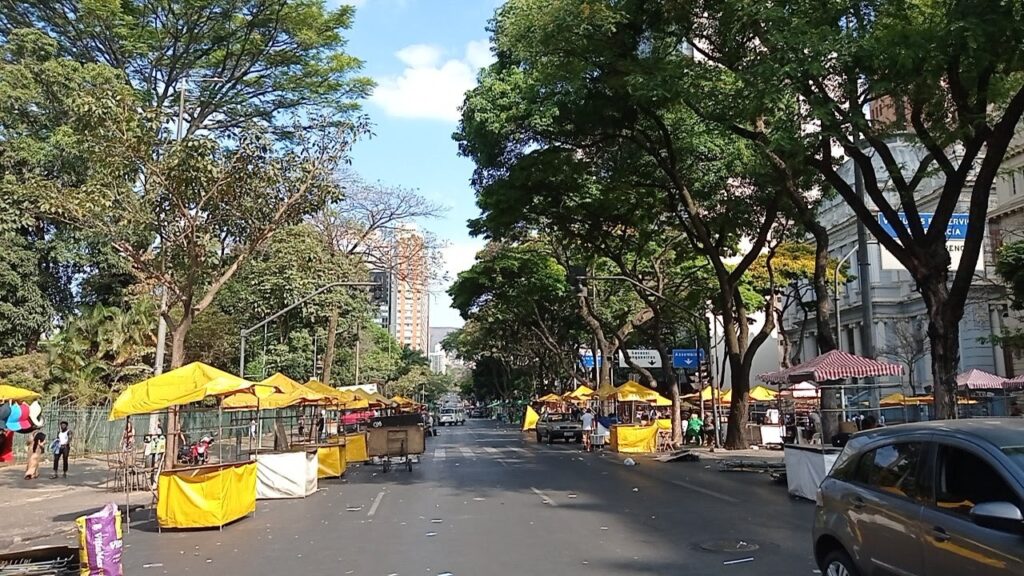
Belo Horizonte, whose name means “beautiful horizon”, isn’t exactly somewhere one would go for a city break – it’s mostly sixties-era skyscrapers, though the trees that line the streets of the nicer neighbourhoods do brighten the place up. However, it does offer the odd delight if you’re on your way to Caraca or one of Minas Gerais’ other highlights and have some time to kill. There’s a nice market for anyone who wants to drink beer and sample some of the food for which Minas Gerais is known, there’s a church constructed in modern art style (and for that reason, it was a controversial piece of architecture) and there are several museums and art galleries, many of which are clustered around Praca da Liberdade.
Cheap accommodation and food are easy enough to find, and Uber is widely available for getting around.
Safety-wise, Belo Horizonte is not too dissimilar from any other Brazilian city, although a bit safer for visitors than Rio de Janeiro (and even in Rio, staying safe isn’t too difficult). Try to stay away from the outskirts and the area surrounding the bus terminal, as both can be pretty seedy.
Insider tip: If you arrive in Belo Horizonte by bus and want to get an Uber, you should wait at the arrivals area on the second floor of the terminal. While the app will force you to set Lagorinha entrance as the pickup point, on the street outside the terminal itself, both Ubers I ordered went to the arrivals area. Waiting here is also much safer than where Uber drops the pin.



